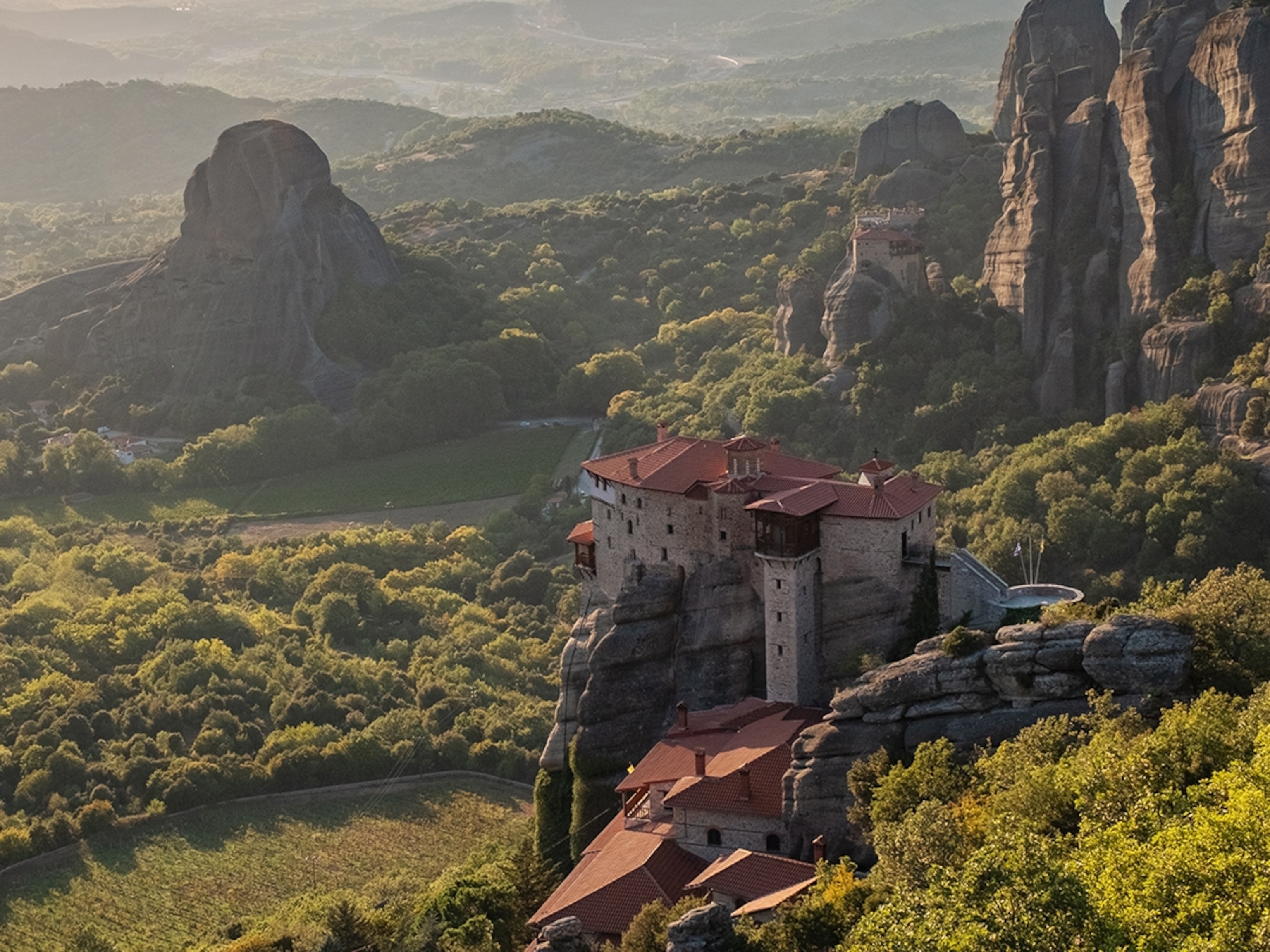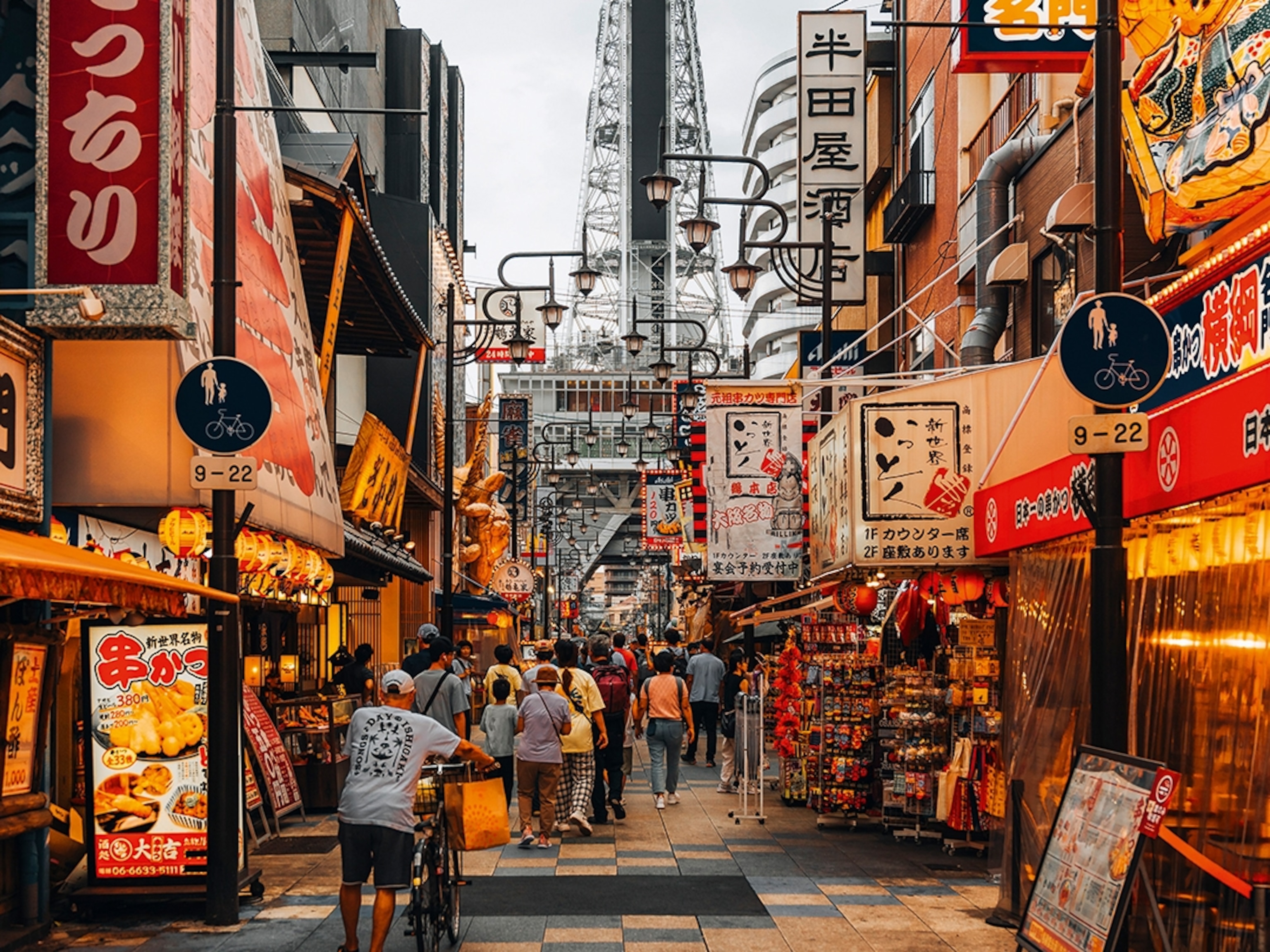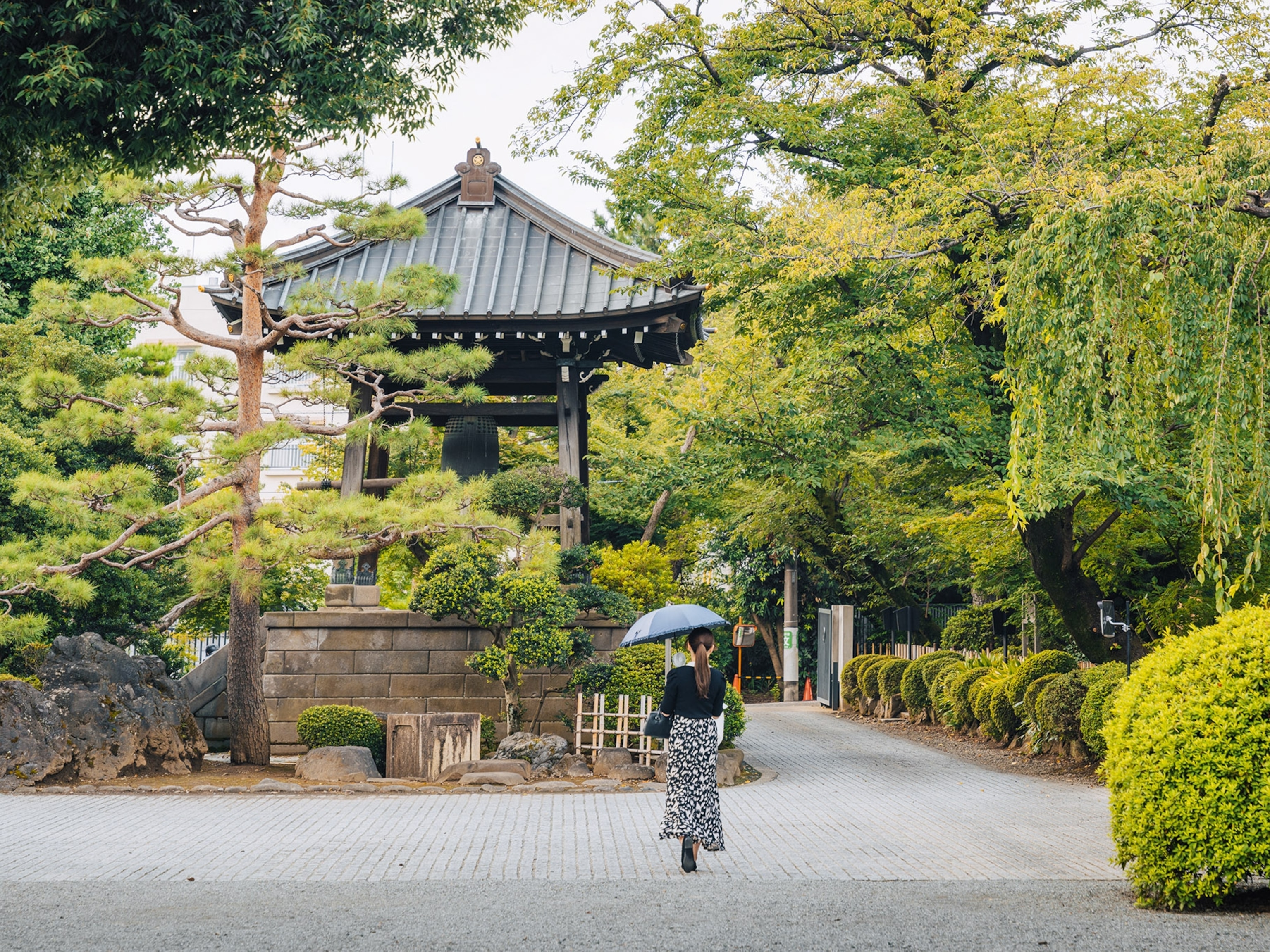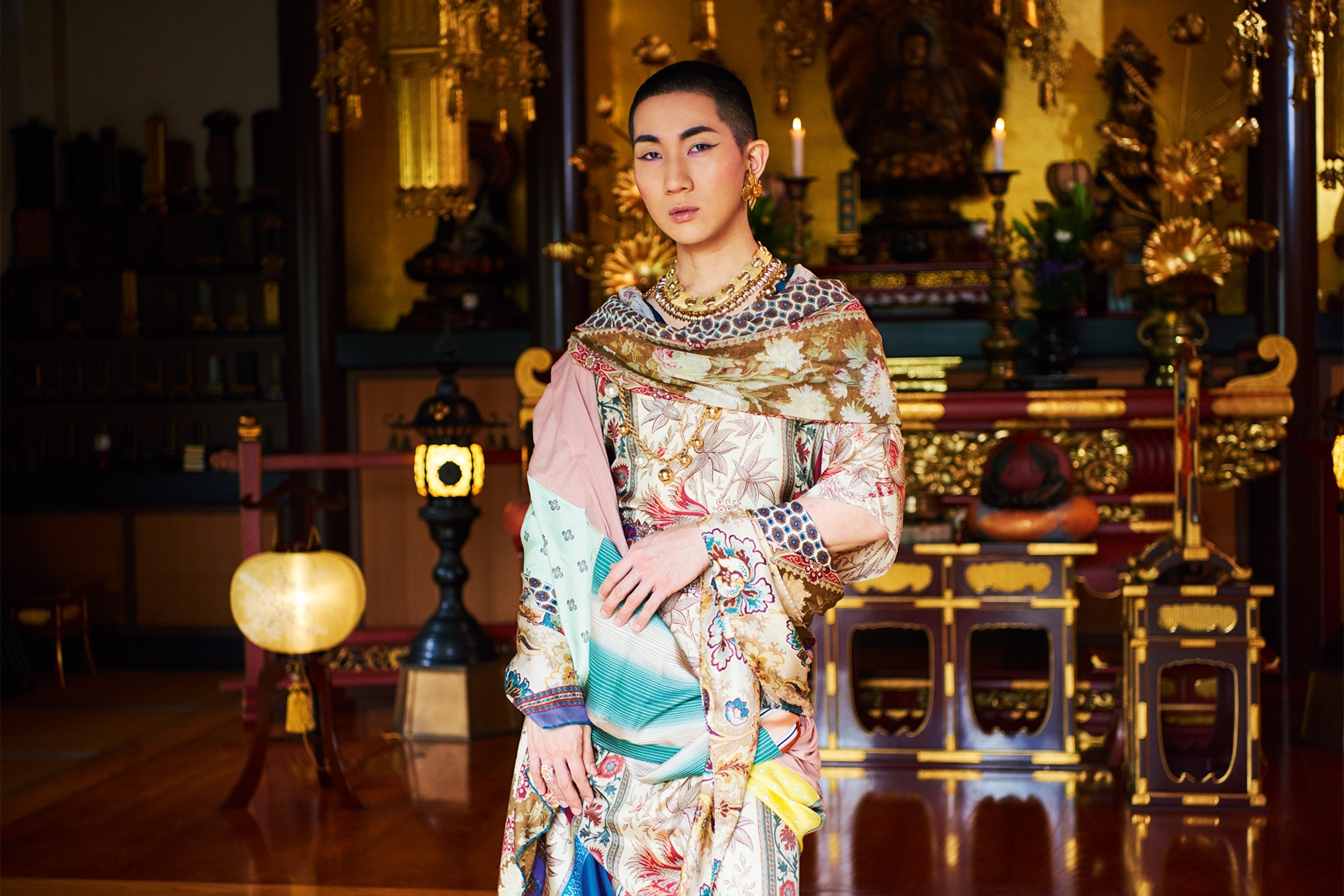
Why this Buddhist monk has become an LGBTQ+ role model in Tokyo
Kodo Nishimura, A Buddhist monk and makeup artist based in Tokyo, talks about breaking down stereotypes and serving as an LGBTQ+ role model
How did you become both a monk and makeup artist?
My father is a monk and I was born in a temple in Tokyo. My parents never forced me to become one, and for a long time I didn’t want to — I was more interested in Disney princesses. I studied at the Parsons School of Design in New York, where I assisted a makeup artist. In Japan, if I looked at a makeup counter, they’d ask if I was buying a gift for my girlfriend. But in the US, male clerks would slay makeup looks. I began wearing eyeliner and mascara, and I started my Instagram [where he shares makeup looks]. Once I finished studying, I decided to train as a monk. I hated the concept of Buddhism at the time, but my mum, who’s a pianist, told me, “If you want to criticise a composition by Mozart, you need to study it; only then can you say what you don’t like.” I needed to know what being a monk entailed, otherwise I couldn’t judge.
Why is makeup important to you?
Growing up, I didn’t like my appearance. I dreamed of growing my hair long and changing my eyes. Then, one day, I did makeup for a friend — just some eyeliner and mascara, but her face totally changed. I could hear her heart scream, “I look pretty!” It was like I empowered her self-confidence. Right then, I had a reason to learn more.
What surprised you most during your monk studies?
I practice Pure Land Buddhism. This Buddhism exists to liberate everybody, regardless of differences. I hadn’t expected my training to have a strong message of diversity and inclusion. I told one of the masters I was homosexual and a makeup artist, and he said that Buddhism is alive, evolving with its people and adapting to its time. Suddenly, it felt like being both gay and a monk was OK.
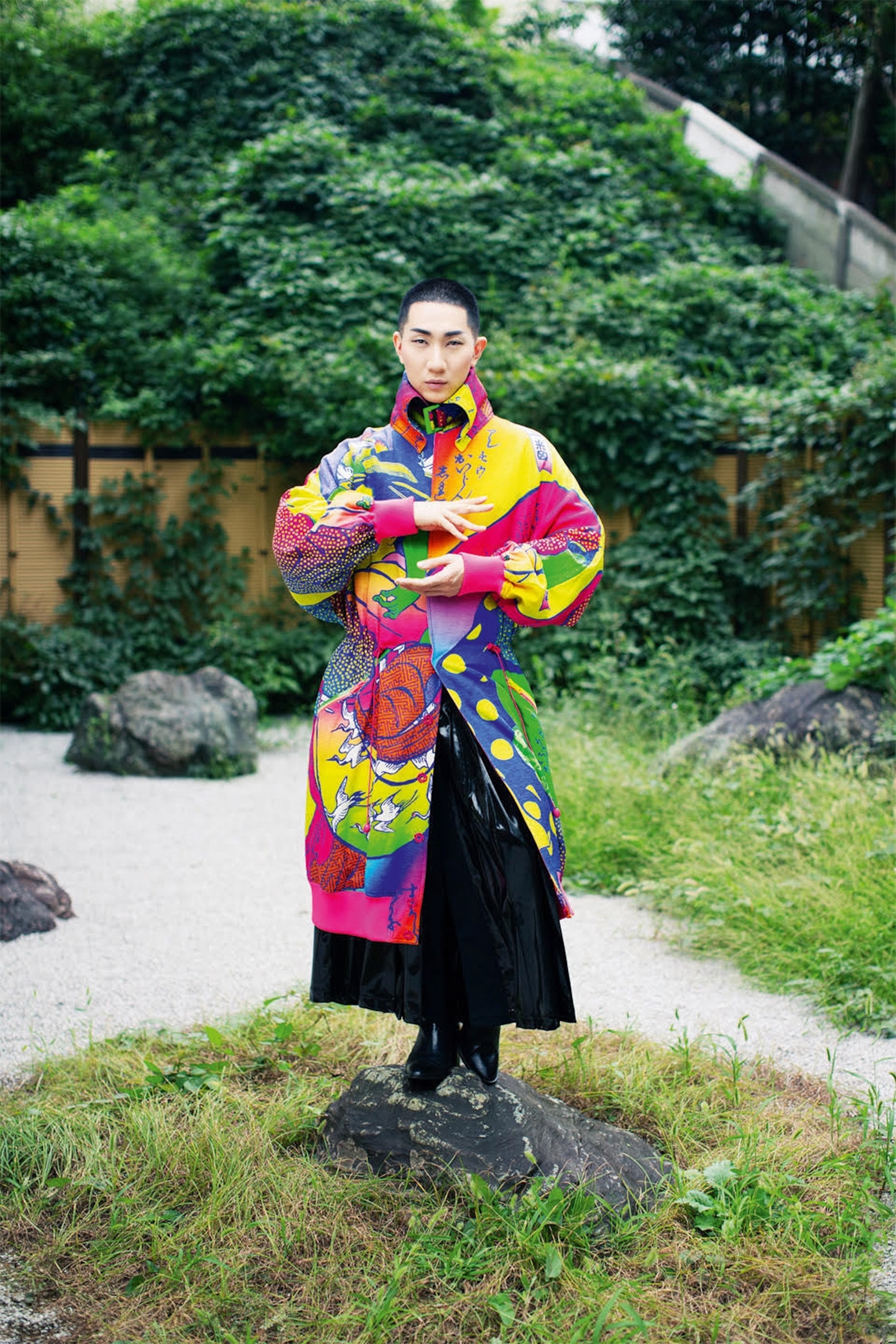
How do Buddhist teachings complement your LGBTQ+ advocacy?
I always felt Buddhism was about being minimalist and free of desire, and I found that hard to balance with my love of makeup and shiny things. But one scripture says we should adorn ourselves with lavish decorations; if you’re wearing something shabby, how do you expect people to listen to what you have to say? Elsewhere in Buddhism, there’s Bodhisattva, Buddha of Mercy. You can’t tell if this character is male or female — they look like both. I always interpret Buddhism through an LGBTQ+ lens.
What are you most proud of?
One day I could be speaking at a temple, and another day I’m flying to Paris to attend the Cartier Women’s Initiative Awards. I’ve appeared on Queer Eye, published a book, spoken at the United Nations Population Fund and been named a Next Generation Leader by Time. Yet, what I’m most proud of is learning to be happy with myself. For a long time, I didn’t accept who I am.
Why does Japan need more LGBTQ+ role models?
Knowledge is power and representation matters. It just takes one person to tell you what you believe in is OK and you can realise your goals. I didn’t have a positive LGBTQ+ role model in Japan growing up, and I want to be that to others. I have an unusual mixed identity of a monk — a role respected by society — merged with a homosexual identity that’s often misunderstood. But things are changing, and if I can be both a gay religious leader and a makeup artist, anything can happen.
This Monk Wears Heels: Be Who You Are, by Kodo Nishimura, is published by Watkins Publishing (£14.99).
To subscribe to National Geographic Traveller (UK) magazine click here. (Available in select countries only).

